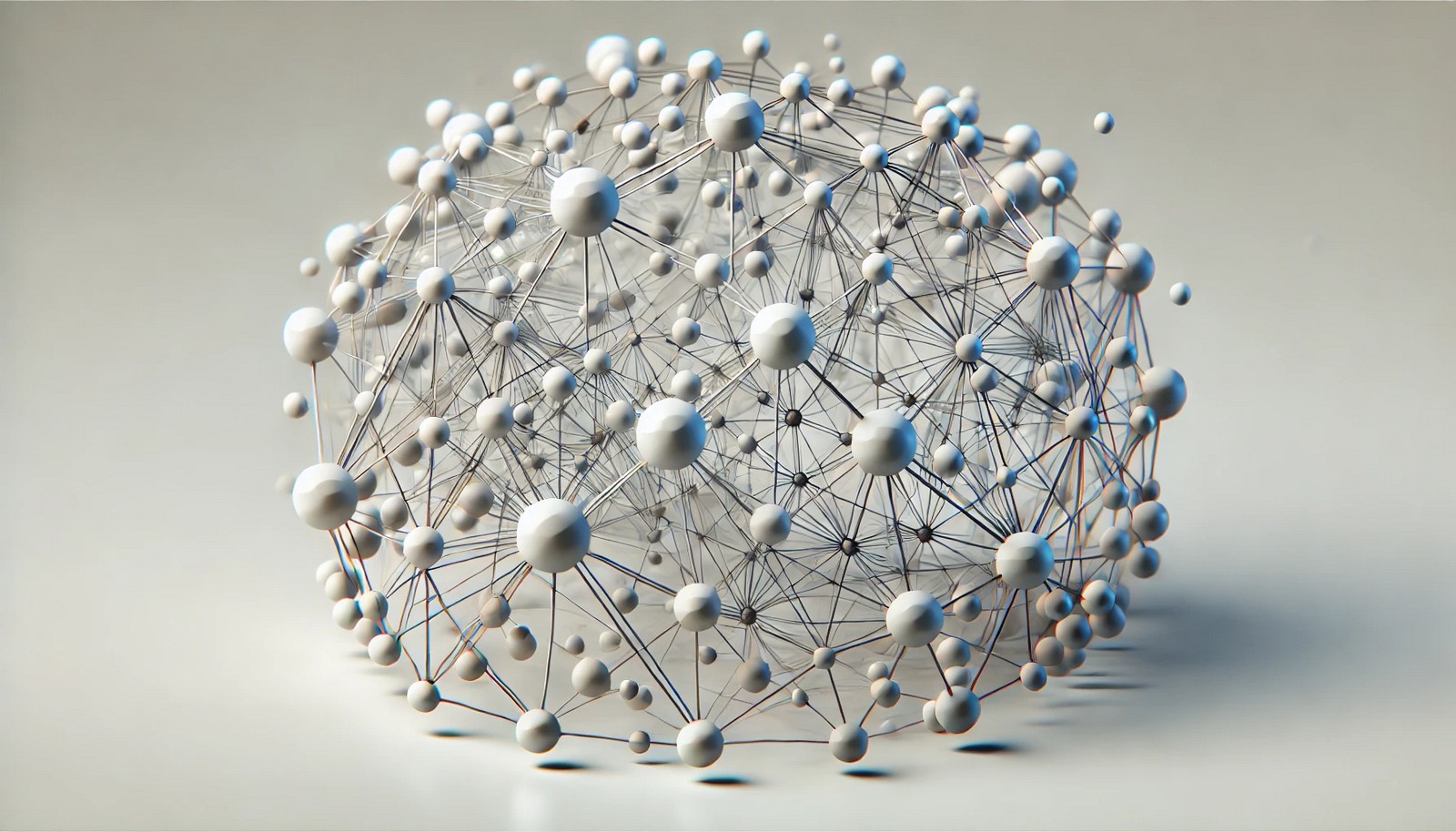Bayesian Networks

Quick Navigation:
- Bayesian Networks Definition
- Bayesian Networks Explained Easy
- Bayesian Networks Origin
- Bayesian Networks Etymology
- Bayesian Networks Usage Trends
- Bayesian Networks Usage
- Bayesian Networks Examples in Context
- Bayesian Networks FAQ
- Bayesian Networks Related Words
Bayesian Networks Definition
Bayesian Networks are graphical models that represent a set of variables and their conditional dependencies using a directed acyclic graph. Each node represents a variable, while edges denote probabilistic dependencies, enabling a structured approach to probability and inference. This allows Bayesian Networks to infer unknown probabilities and support decision-making under uncertainty in fields like medicine, finance, and AI research.
Bayesian Networks Explained Easy
Think of a Bayesian Network like a web of connected marbles. Each marble is a piece of information, and strings between marbles show how knowing one piece helps guess another. It’s like using clues from one marble to figure out what’s on others, perfect for guessing in tricky situations!
Bayesian Networks Origin
Bayesian Networks stem from Bayes' Theorem, developed by Reverend Thomas Bayes in the 18th century. However, their practical application in network form surged in the 1980s, when computational advances allowed for more efficient probabilistic modeling.
Bayesian Networks Etymology
The term "Bayesian" originates from Bayes' Theorem, a foundational concept in probability theory, named after Reverend Thomas Bayes, an English statistician.
Bayesian Networks Usage Trends
With the rise in big data and machine learning, Bayesian Networks are increasingly applied in fields like diagnostics, risk assessment, and predictive maintenance. Their capability to handle uncertainty and learn from data makes them valuable in both academic research and industry applications.
Bayesian Networks Usage
- Formal/Technical Tagging:
- Probabilistic Graphical Models
- Machine Learning
- AI and Decision-Making - Typical Collocations:
- "Bayesian network model"
- "conditional probability"
- "causal inference with Bayesian networks"
- "dynamic Bayesian network analysis"
Bayesian Networks Examples in Context
- In medicine, Bayesian Networks assist in diagnosing diseases by assessing probabilities based on symptoms.
- Financial analysts use Bayesian Networks to evaluate risk by linking market factors and potential outcomes.
- In predictive maintenance, Bayesian Networks forecast equipment failures by analyzing historical data patterns.
Bayesian Networks FAQ
- What are Bayesian Networks?
Bayesian Networks are graphical models that show relationships between variables and allow inference based on probability. - How do Bayesian Networks differ from neural networks?
Bayesian Networks use probability and causal relationships, while neural networks simulate neuron connections and learn patterns. - What fields use Bayesian Networks?
They are used in medicine, finance, AI research, and engineering for tasks involving risk assessment and decision-making. - Why are Bayesian Networks popular in AI?
They handle uncertainty well, making them ideal for complex problems where exact answers aren’t always possible. - Are Bayesian Networks deterministic?
No, they are probabilistic and represent uncertainty through probabilities. - What is conditional probability in Bayesian Networks?
It’s the probability of one event occurring given the occurrence of another related event. - How do Bayesian Networks assist in diagnostics?
They combine known symptoms with probability to help predict diseases or conditions. - Can Bayesian Networks update with new data?
Yes, they adjust probabilities as new data is added, improving their predictions. - What is a dynamic Bayesian Network?
It’s a Bayesian Network that models variables that change over time, useful in time-series data analysis. - How are Bayesian Networks applied in predictive maintenance?
They predict when equipment might fail by evaluating probabilities based on past data and conditions.
Bayesian Networks Related Words
- Categories/Topics:
- Probabilistic Modeling
- Artificial Intelligence
- Data Science
Did you know?
Bayesian Networks are fundamental to autonomous systems like robots. They allow robots to make informed guesses, assess risk, and make decisions in real-time, such as determining the best route or adjusting to obstacles in dynamic environments.
PicDictionary.com is an online dictionary in pictures. If you have questions or suggestions, please reach out to us on WhatsApp or Twitter.Authors | Arjun Vishnu | @ArjunAndVishnu

I am Vishnu. I like AI, Linux, Single Board Computers, and Cloud Computing. I create the web & video content, and I also write for popular websites.
My younger brother, Arjun handles image & video editing. Together, we run a YouTube Channel that's focused on reviewing gadgets and explaining technology.



Comments powered by CComment